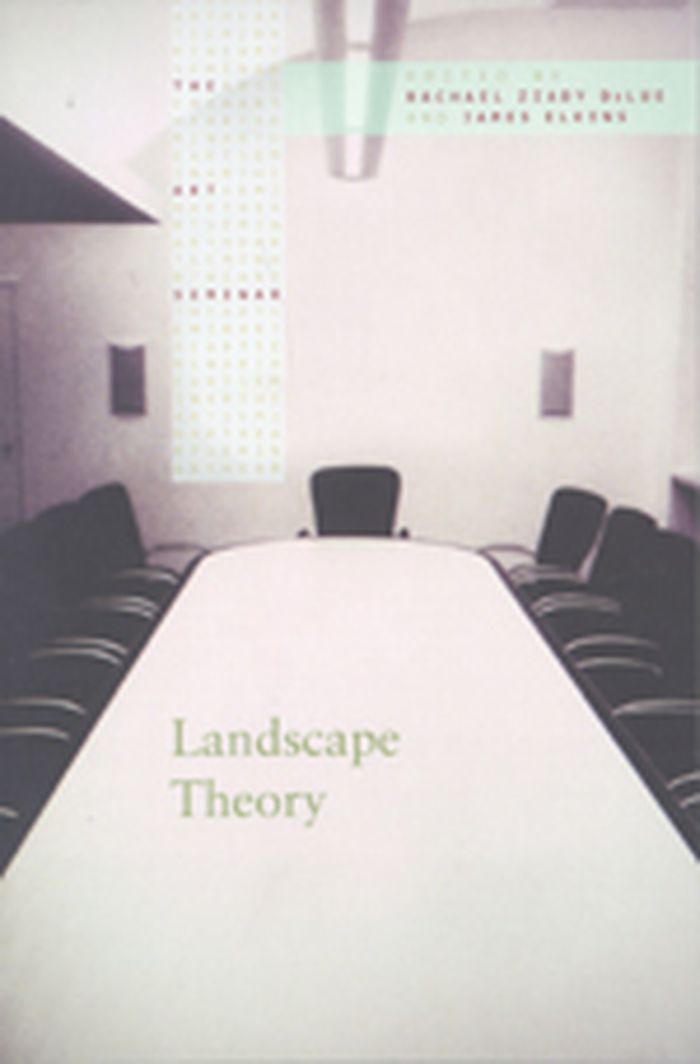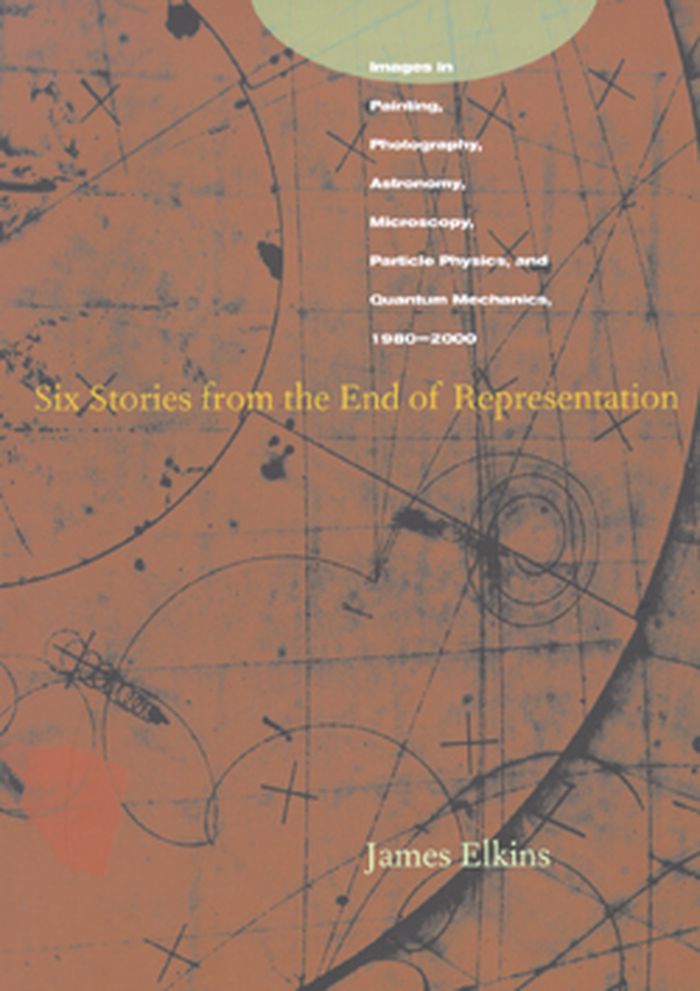Landscape theory
$38.50
(disponible sur commande)
Résumé:
Artistic representations of landscape are studies in a half-dozen disciplines (art history, geography, literature, philosophy, politics, sociology), and there is no master narrative or historiographic genealogy to frame interpretations. Geographers are interested in political formations (and geography, as a discipline, is increasingly non-visual). Art historians have(...)
Théorie du paysage
janvier 2008, London, New York
Landscape theory
Actions:
Prix:
$38.50
(disponible sur commande)
Résumé:
Artistic representations of landscape are studies in a half-dozen disciplines (art history, geography, literature, philosophy, politics, sociology), and there is no master narrative or historiographic genealogy to frame interpretations. Geographers are interested in political formations (and geography, as a discipline, is increasingly non-visual). Art historians have written extensively on landscape, but there have not been any recent synthetic attemps or theoretical overviews. At the same time, painters, and other artists often feel they 'possess' the landscape of the region in which they live; that ownership takes place at a non-verbal level, and seems incommensurate with the discourses of art history or geography. Landscape Theory, volume 6 in The Art Seminar series, is the first book to bring together different disciplines and practices, in order to understand how best to conceptualize landscape in art.
Théorie du paysage
$29.95
(disponible sur commande)
Résumé:
James Elkins tells six independent stories about images made in the last quarter-century. Some come from the world of art (panting and photography) and some from that of science (physics, astrophysics, and microscopy). What these images have in common is that they all fail as representations: they are blurry, dark, pixelated, or otherwise inadequate to what they(...)
Six stories from the End of Representation
Actions:
Prix:
$29.95
(disponible sur commande)
Résumé:
James Elkins tells six independent stories about images made in the last quarter-century. Some come from the world of art (panting and photography) and some from that of science (physics, astrophysics, and microscopy). What these images have in common is that they all fail as representations: they are blurry, dark, pixelated, or otherwise inadequate to what they represent. Yet this is precisely why they are of interest. Studies that bring together art and science are often predicated on the idea that science infuences art or vive versa. Elkins challenges this view and remains true to the material of each discipline.
Théorie de l’art

